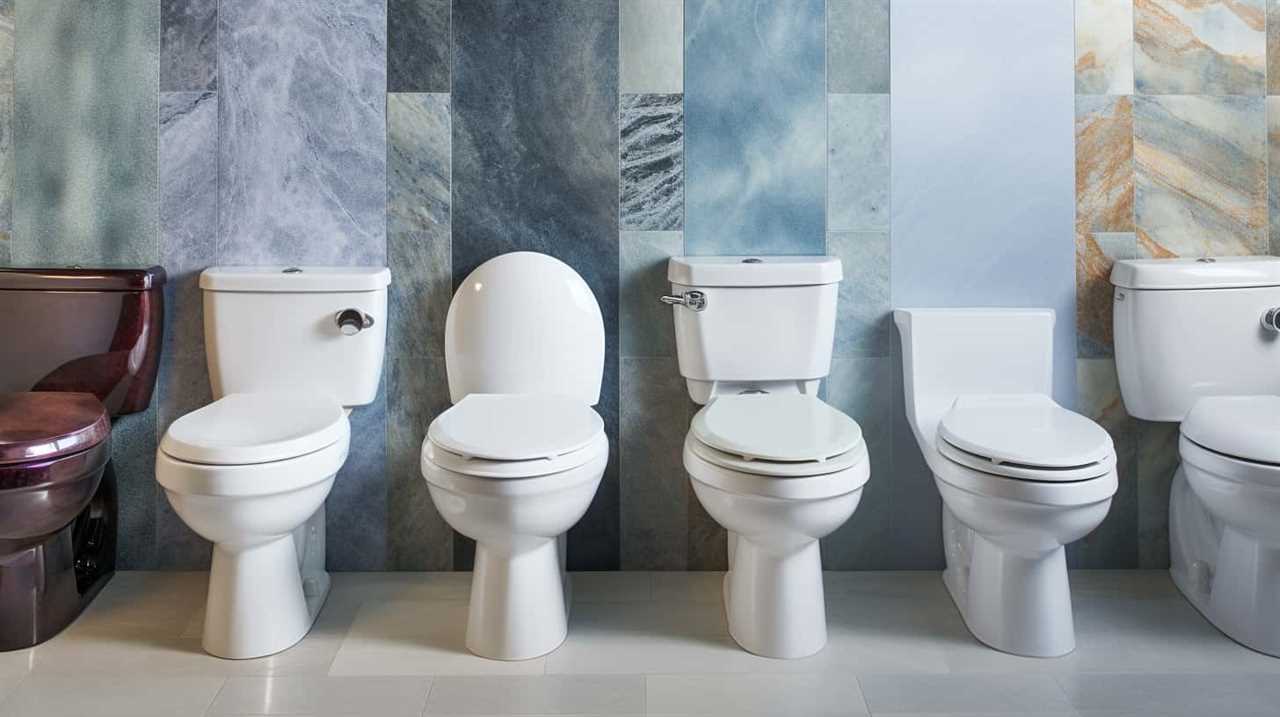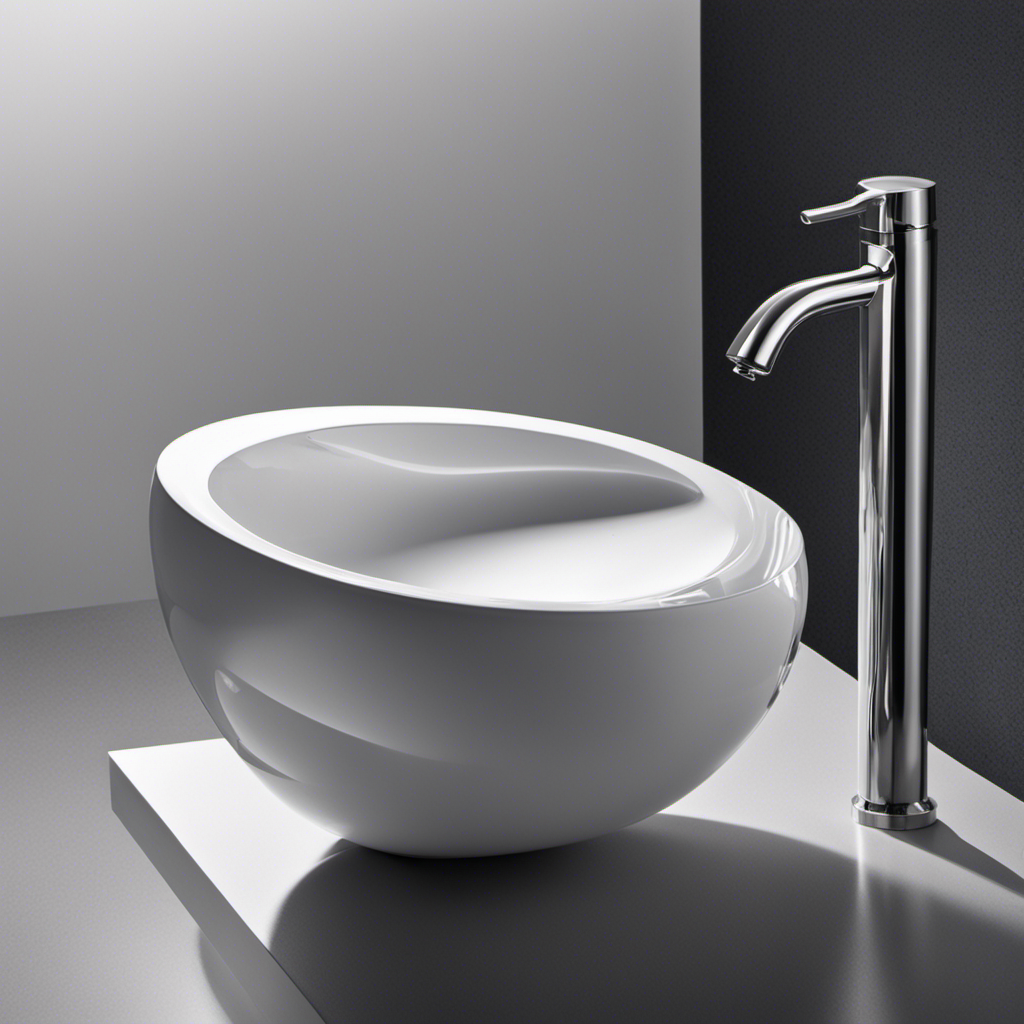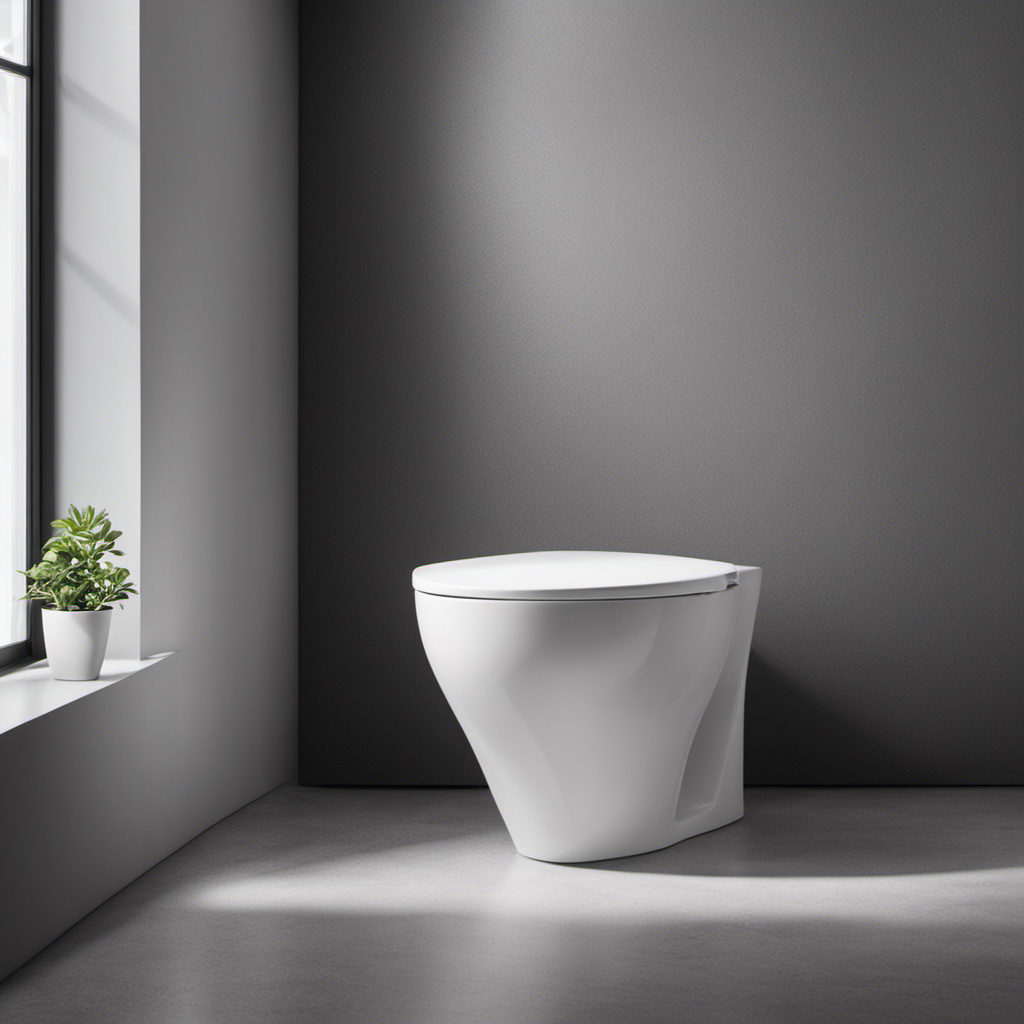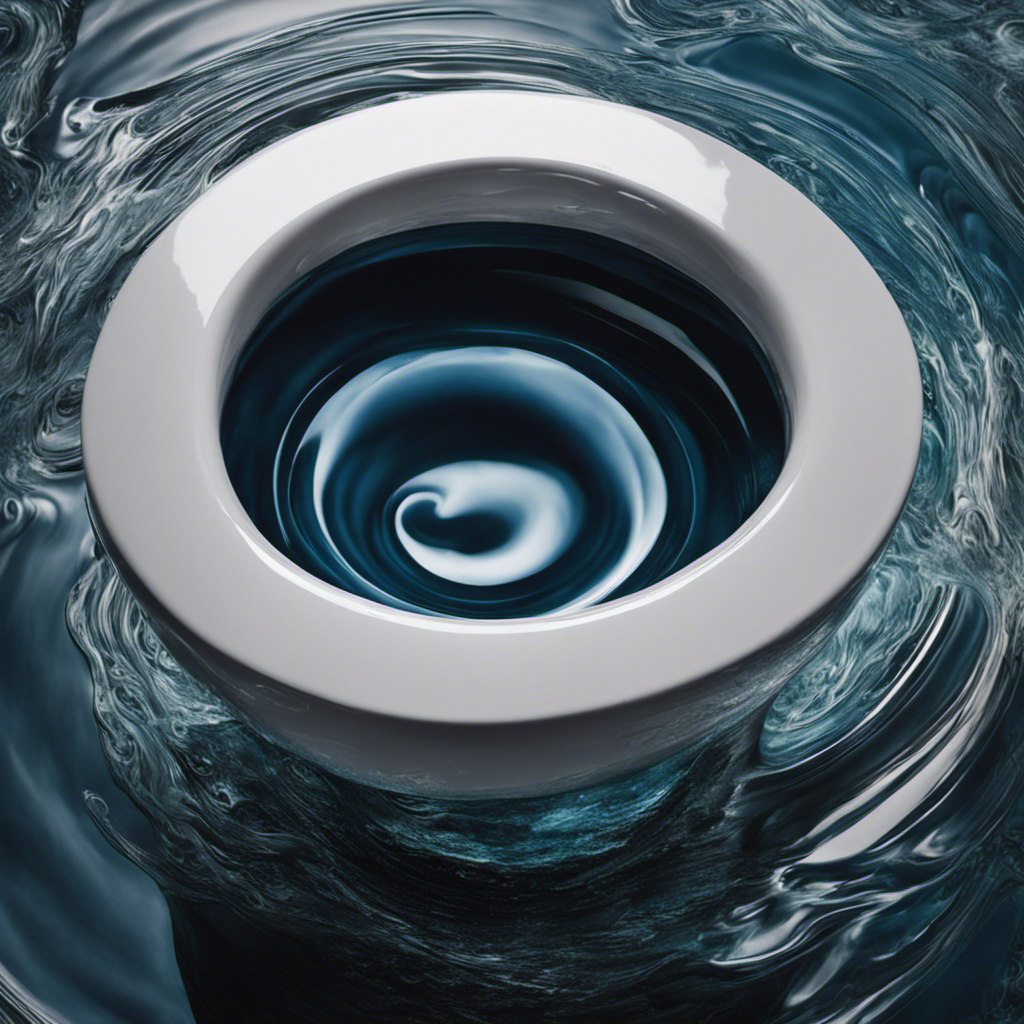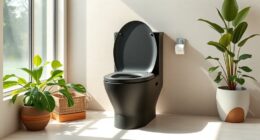Did you know that a single tampon has the potential to clog a toilet?
In this article, we will explore the anatomy of a toilet and the journey of a flushed tampon.
We will also discuss the factors that contribute to toilet clogs and the potential risks of flushing tampons.
Finally, we will provide you with valuable information on how to properly dispose of tampons to avoid any plumbing mishaps.
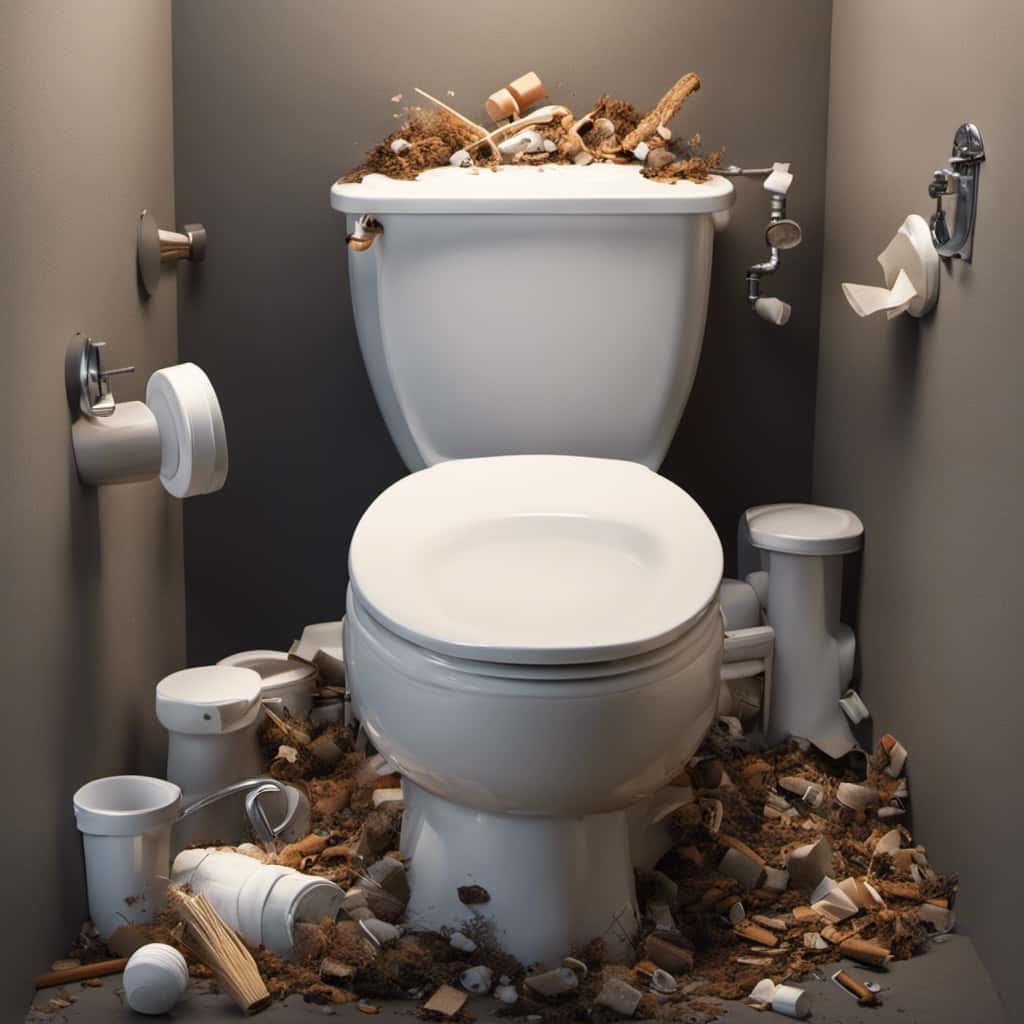
Let’s dive into the world of toilet mechanics and tampon disposal mastery.
Key Takeaways
- Flushing a tampon can clog toilets and cause plumbing issues.
- Tampons do not break down easily in water, leading to potential clogs and costly repairs.
- Flushed tampons can contribute to water pollution and harm aquatic life.
- Proper disposal methods, such as wrapping tampons in toilet paper and throwing them in the trash, or using designated tampon disposal containers, can help prevent clogs and reduce environmental impact.
Understanding the Anatomy of a Toilet
To understand the potential impact of a tampon on a toilet, let’s start by examining the inner workings of this essential bathroom fixture. A toilet is a complex system comprised of different components that work together to ensure proper functionality. The main parts include the bowl, tank, flush valve, fill valve, and trapway. Understanding the purpose and function of each component is crucial for effective toilet maintenance and preventing common plumbing issues.
The bowl is where waste is collected and flushed away. The tank holds the water used for flushing, which is released through the flush valve when the user activates the handle. The fill valve is responsible for refilling the tank with water after each flush. Finally, the trapway is a curved passage that connects the bowl to the home’s plumbing system, allowing waste to flow out.
The Journey of a Flushed Tampon
Flushing a tampon down the toilet can potentially lead to clogging and other plumbing issues. Understanding the journey of a flushed tampon can help us comprehend the environmental impact and consequences associated with tampon-related plumbing issues. Here is a breakdown of what happens when a tampon is flushed:
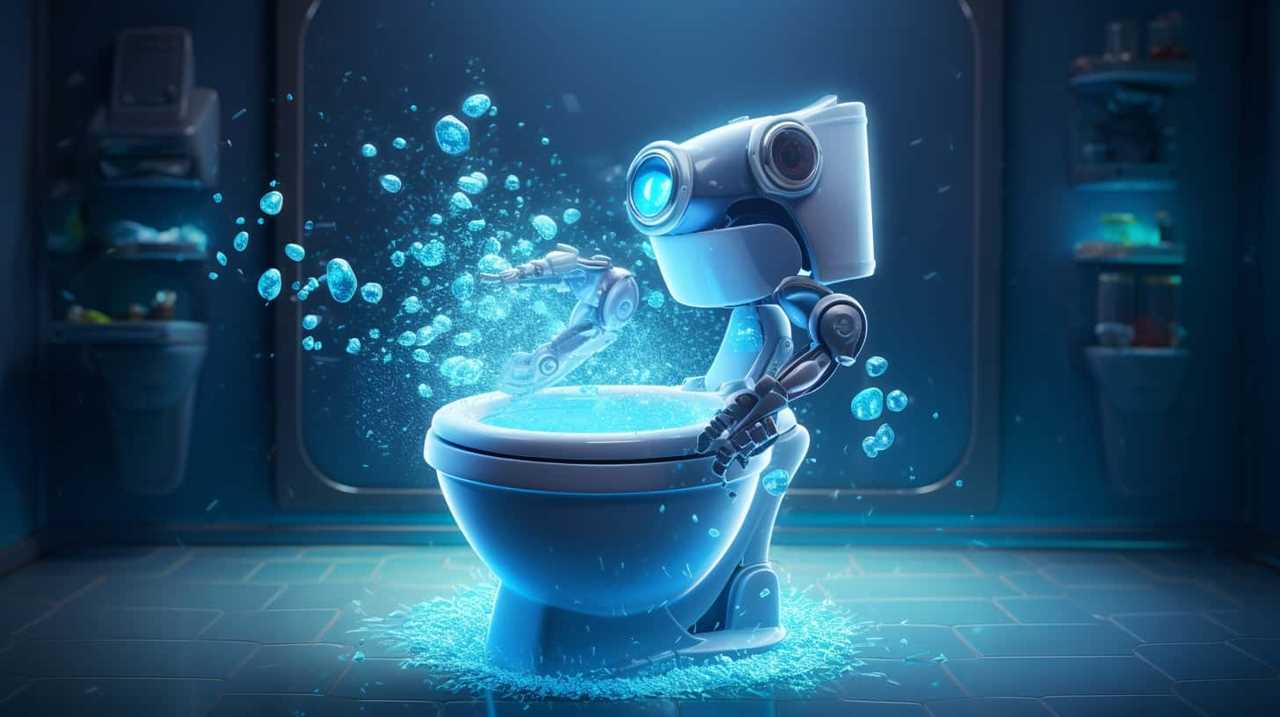
- The tampon is carried through the toilet’s trap and into the sewer pipes.
- It travels along with other waste materials towards the sewage treatment plant.
- At the treatment plant, tampons can clog pumps and filtration systems.
- If a tampon manages to bypass the treatment plant, it can end up in rivers, lakes, and oceans, contributing to pollution and harming marine life.
By flushing tampons, we not only risk clogging our toilets and plumbing systems, but we also contribute to the degradation of the environment.
Transitioning into the subsequent section, let’s explore the factors that contribute to toilet clogs.
Factors That Contribute to Toilet Clogs
When considering factors that contribute to toilet clogs, it’s important to acknowledge the role of improper disposal methods. Proper toilet clog prevention involves understanding the common causes of toilet clogs and taking appropriate measures to avoid them.
One of the main causes of toilet clogs is flushing items that aren’t meant to be disposed of in the toilet. This includes items such as feminine hygiene products, baby wipes, and paper towels. These items don’t break down easily and can accumulate in the pipes, leading to blockages.
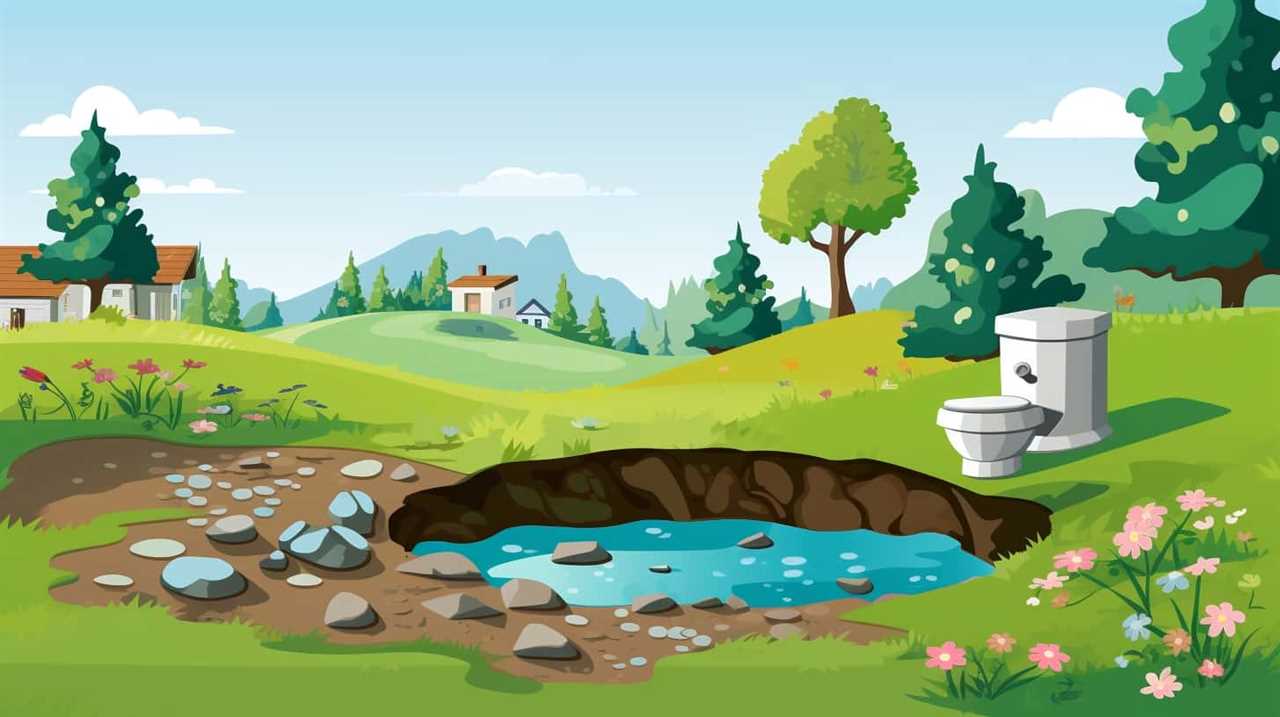
Another common cause of toilet clogs is excessive toilet paper usage. Using an excessive amount of toilet paper can overwhelm the plumbing system and cause blockages.
To prevent toilet clogs, it’s crucial to only flush toilet paper and human waste, and to dispose of other items in the appropriate way.
The Potential Risks of Flushing Tampons
One potential risk of flushing tampons is the clogging of toilets. Flushing tampons down the toilet can lead to blockages in the plumbing system, causing inconvenience and potential damage.
However, the potential environmental impact and alternative options should also be considered.
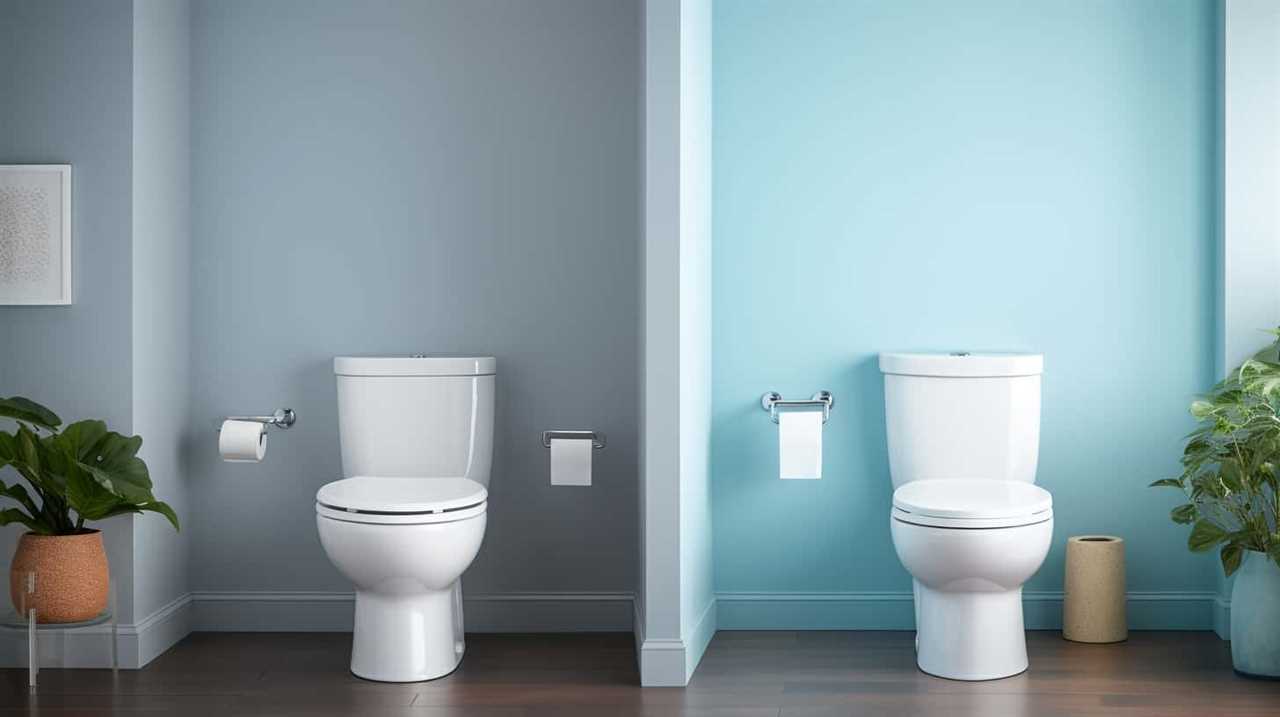
- Potential environmental impact: Flushing tampons can contribute to sewage system issues, such as clogged pipes and sewage backups, which can harm the environment and public health.
- Alternative options: Proper disposal of tampons includes wrapping them in toilet paper and throwing them in the trash. Another option is using biodegradable tampons, which are designed to break down more easily in water.
- Education and awareness: Raising awareness about the risks of flushing tampons and providing information on alternative options can help prevent clogging and protect the environment.
- Plumbing maintenance: Regular maintenance of plumbing systems, including cleaning and inspection, can help prevent clogs caused by flushed tampons.
How to Properly Dispose of Tampons
Continuing the discussion on the potential risks of flushing tampons, let’s now explore how we can properly dispose of them. Proper tampon disposal methods are essential to minimize the environmental impact of improper tampon disposal. Tampons should never be flushed down the toilet as they can cause blockages in the plumbing system and harm the environment. Instead, they should be disposed of in a hygienic and responsible manner. Here is a table outlining the proper tampon disposal methods:
| Method | Description |
|---|---|
| Wrapping in tissue or toilet paper | Wrap the used tampon in tissue or toilet paper before placing it in a waste bin. |
| Use of tampon disposal bags | Use specially designed tampon disposal bags for hygienic and discreet disposal. These bags can be found in most drugstores. |
| Disposal in designated containers | Some restrooms have dedicated containers for tampon disposal. Be sure to use these containers if available. |
| Incineration | In some cases, tampons can be safely incinerated. Check local regulations and guidelines before attempting this method. |
Frequently Asked Questions
Can I Flush More Than One Tampon at a Time Without Clogging the Toilet?
We can’t guarantee that flushing multiple tampons at once won’t cause toilet clogs. It’s best to follow proper disposal methods to prevent plumbing issues and protect the environment.
How Long Does It Take for a Tampon to Break Down in the Sewage System?
Tampon disposal methods play a crucial role in the impact on sewage treatment. It is important to consider how long it takes for a tampon to break down in the sewage system to prevent clogs and maintain proper functioning.
Are There Any Alternatives to Flushing Tampons That Are More Environmentally-Friendly?
Are there alternatives to flushing tampons that are more environmentally-friendly? Reusable tampons and biodegradable tampons are both options worth considering. They help reduce waste and minimize the impact on the sewage system.
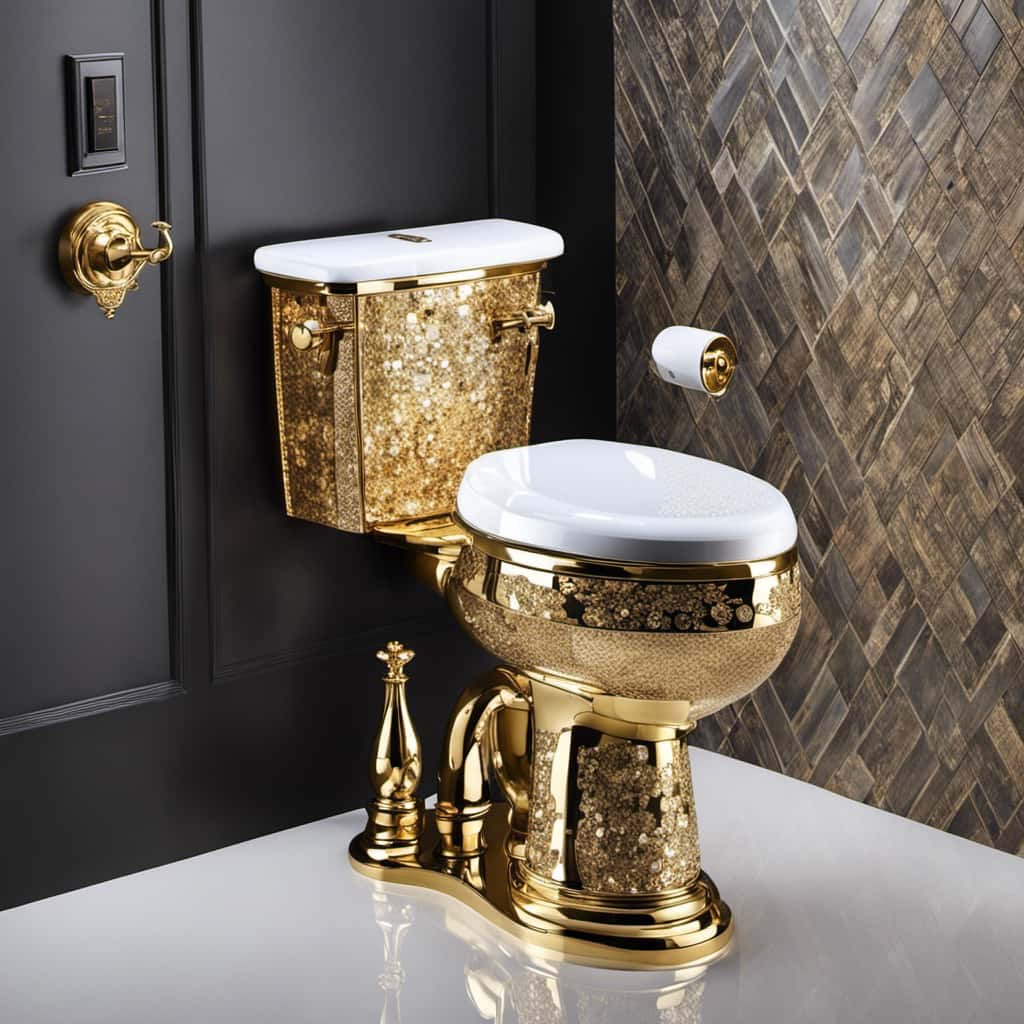
What Are the Signs of a Clogged Toilet Due to Flushing Tampons?
When it comes to signs of tampon clogging, it’s important to look out for slow draining, gurgling sounds, and water pooling in the bowl. To prevent tampon clogs, always dispose of them in the trash.
Can Tampons Cause Damage to the Plumbing System if Flushed Regularly?
Tampon disposal methods are crucial to prevent damage to plumbing systems. Regularly flushing tampons can lead to clogs and costly repairs. It’s important to educate ourselves on proper disposal methods to avoid potential plumbing issues.
Conclusion
In conclusion, it’s crucial to understand that flushing tampons down the toilet can lead to clogs and potential plumbing issues. The toilet’s anatomy, combined with the journey of a flushed tampon, creates a high risk for blockages.
It’s essential to dispose of tampons properly by wrapping them in toilet paper and throwing them in the trash. Remember, a little caution can prevent major inconveniences in the future.
